I've been s.l.a.c.k.i.n.g on the blog posts lately. There's no excuses, but there are reasons nonetheless.
Have you ever felt a little like you're in between a rock and a hard place? In some ways, it's a good place to be because it means you're being challenged and when you come out of it, you will certainly feel better than you did being in it. There's more freedom in this spot, even though it can cause anxiety and stress.
So what am I talking about here? In a previous blog post, I wrote about how we're in the middle of designing our tiny house. But now a question looms over our heads. Where are we going to build it?
Surely, most tiny house builders face this same dilemma.
We can either build it on the land we're renting now or we can buy our own land and build it there.
Option 1: Build It Where We Currently Live
This seems like the go-to choice, right?
Pros
- We could stay where we are.
- We wouldn't be spending more money than it would cost to build our tiny house.
Cons
- Tiny houses take up space and that's just what we'd be doing in our current spot.
- Due to the proximately of where we'd be building it in relation to the street, the project could draw attention from neighbors and the city. The last thing we would want would be to get kicked out of our beautiful spot because of ...
- Building codes and zoning laws.
Option 2: Buy some land
Pros
- It would be our land. We could do what we want!
- If the land came with an existing house, we could rent it out and make some money while we live in the backyard.
Cons
- This would be a big investment (now we're investing in land, possibly an existing house and a tiny house).
- If this land had an existing house, our renters might not be cool with their landlords living in the backyard.
- Finding land with a great view and in a good location for an inexpensive price ... not so easy.
- If the land didn't have an existing structure, we could be asked to leave because of ...
- Building codes and zoning laws.
Building Codes and Zoning Laws
As you can see, there's a common theme here.
Recently, I got off the phone with my friend who lives in California. When I told him that most cities have a minimum square footage requirement, he thought it was a bunch of bogus. He just couldn't believe that cities have the power to restrict things like building size and what type of structure you can live in.
But the fact is, every municipality in the U.S. has a building code that provides minimum standards for constructing houses.
I found this little tidbit on Wikipedia:
The purpose of building codes are to provide minimum standards for safety, health, and general welfare including structural integrity, mechanical integrity (including sanitation, water supply, light, and ventilation), means of egress, fire prevention and control, and energy conservation.
I had to laugh, because frankly, the last thing—energy conservation—is what most of the tiny house community is focused on. We're a community that cares about using recycled and salvaged materials in the construction process, maximizing southern sun exposure and limiting our waste (by using composting toilets). We have a deep appreciation for nature because we have less space indoors.
So what are some of these building codes and zoning laws?
Zoning laws require most houses to be at least 500 square feet. In some municipalities, there are rules that a bedroom must have a closet, which many lofts don't have. And in a lot of cities, people can't live in trailers or RVs, and tiny houses are considered RVs ... so there goes that idea.
Good News
A few cities have been able to change their zoning laws. According to the city of Portland's website, you can list them as "accessory units." In northwest Texas, Spur became the first "tiny house friendly" town in the U.S., with no minimum size requirement for homes on foundations. Walsenburg, Colorado recently amended their zoning to allow for tiny homes on foundations, too.
Several states have tiny house villages or ecovillages. Check to see if your state has one. Tiny houses are gaining acceptance in RV parks, but keep in mind that these lots sometimes close for the winter and will have a maximum stay requirement.
So there you have it! We're fighting the good fight and will be making a BIG decision on where to put our SMALL house.

